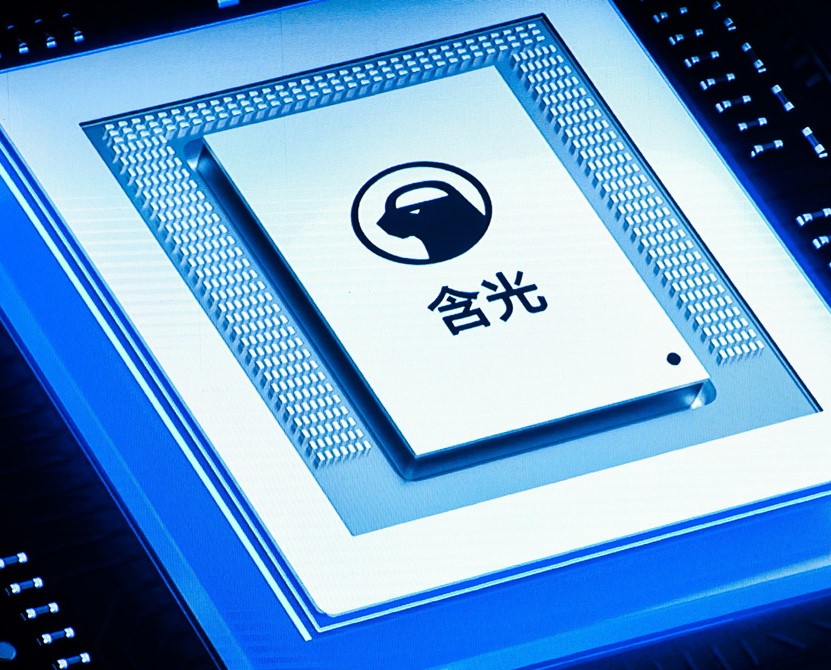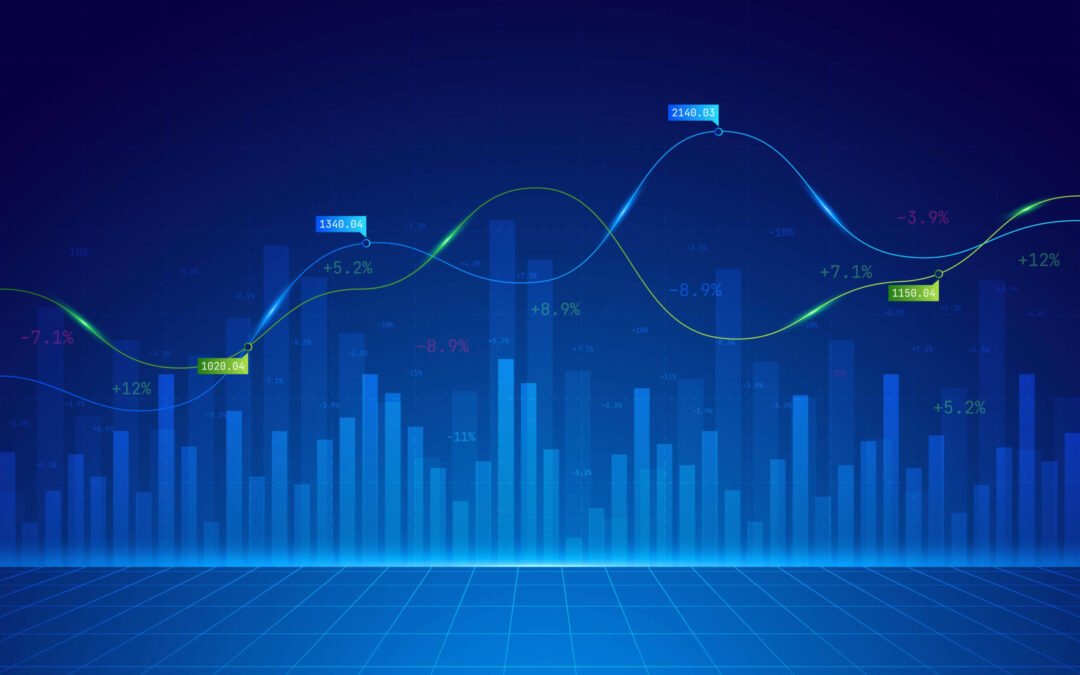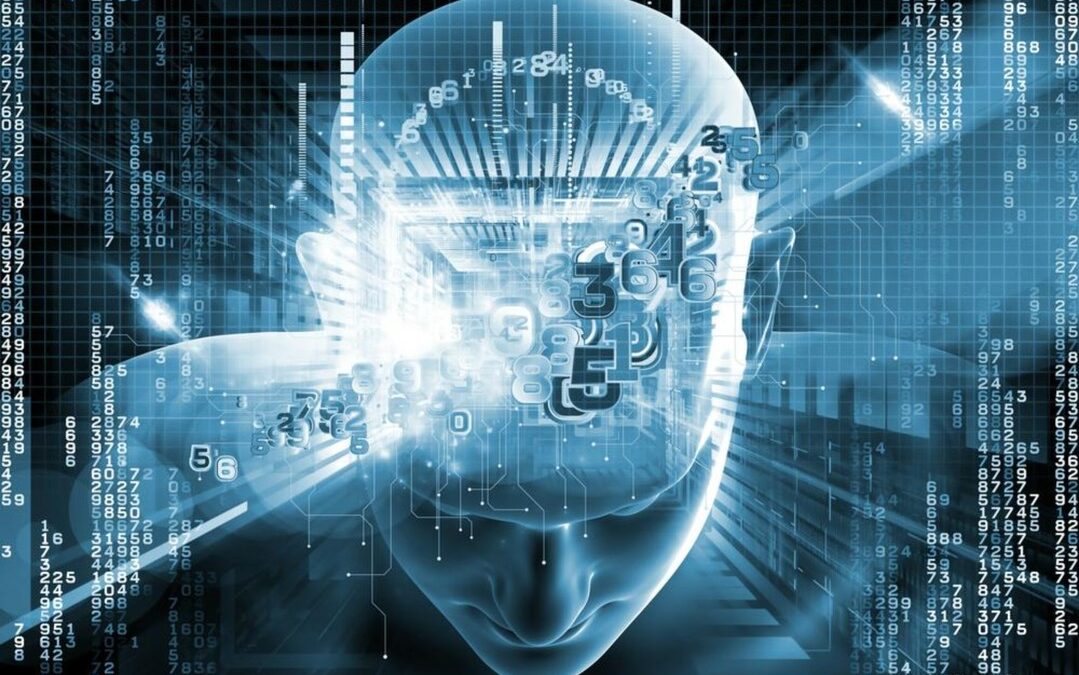
by Nicholas Mitsakos | Algorithmic Trading, Book Chapter, Innovation, Technology, Transformative businesses, Writing and Podcasts
Artificial intelligence is often imagined in extremes — utopian dreams of salvation or dystopian fears of extinction. More realistically, AI should be viewed as a normal technology. AI will be transformative, like electricity or the internet. Still, it will unfold over decades, shaped by human institutions, policies, and societal adoption patterns, not by sudden leaps into autonomous superintelligence. AI is not miraculous and unpredictable. It is transformative and will impact many lives for many decades. AI will not create extreme utopian or apocalyptic visions. It will be part of a continuum of human technological advances, powerful and transformative but ultimately shaped by human choices, institutions, and values. Focusing on resilience, gradual adaptation, institutional innovation, and evidence-based governance can help society maximize AI’s benefits while managing its genuine risks. The future of AI will not be determined by the technology alone. We will determine it.

by Nicholas Mitsakos | Artificial Intelligence, Book Chapter, China, commodities, Currency, Economy, Globalization, Innovation, Trade, Writing and Podcasts
The United States and China play global economic and political chess games. There are many moves and defensive and offensive strategies, not only for trade but also for energy and natural resources (rare earths among the most recent flavors of discord), geopolitics (Russia, Ukraine, Iran, the Middle East generally), technology (Taiwan and AI), and global economic supremacy. It’s a long list, but China and the US drive the outcomes. Instead of working for mutual benefit, regardless of fundamental cultural and political differences, we are now drawing bright lines demarking battle zones (Ukraine and Russia; Taiwan; AI and advanced technologies). The result will be economic and technical inefficiency and degradation in the quality of life, safety, and prosperity. China must acknowledge the outrage caused by its overreaching bids for control, and America must adjust to China’s presence without selling honor for profit. Competition is not us-or-them; reality is us-and-them. The U.S. semiconductor industry gets 30% of its revenue from China. China’s resulting products service the world, and China’s producers need the U.S. as well. If allowed, such examples of mutual benefit will proliferate. It is naïve to imagine wrestling China back to the past. The project, now, is to contest its moral vision of the future. Connected, collaborative engagement is the only practical way. China has come a long way, and its trajectory cannot be ignored or dismissed. The U.S. and China will be much better off from this more enlightened, realistic perspective. See the whole board.

by Nicholas Mitsakos | Artificial Intelligence, Book Chapter, China, Globalization, Innovation, Public Policy, Transformative businesses, Writing and Podcasts
Significant VC activity and AI development opportunities are emerging in China. DeepSeek is the Vanguard of innovation from the artificial intelligence “moonshot” encouraged by the Chinese government. Not only will we see ongoing developments from Alibaba and Tencent, but there will also be a layer of elite AI companies at the forefront of China’s AI sector. US sanctions and restrictions have only increased innovation and groundbreaking AI development activity in China. Those sanctions will amount to nothing and encourage accelerated advancement.

by Nicholas Mitsakos | Innovation, Investment Principles, Investments, irrationality, The Market, Transformative businesses, uncertainty, Writing and Podcasts
Predicting what’s next has been a fool’s game, and it continues to be. The S&P 500 was up 26% in 2023 and 25% in 2024, for the best two-year stretch since 1997-98. That brings us to 2025. What lies ahead? Rationality, Optimism, exuberance, disappointment, correction, and more frequent and intense volatility—with uncertainty about the timing, extent, and outcome. Is enthusiasm for new technology creating a bubble, and will the bubble burst? Optimism has prevailed in the markets since late 2022, generating above-average valuations and astonishing returns for some (primarily AI-related) equities. Stocks in most industrial groups sell at high multiples, but enthusiasm for artificial intelligence and the persistence of the Magnificent 7 drive most market expectations. There is the implicit presumption that the top seven companies will continue to be successful and that the “new thing” (artificial intelligence) will drive valuations even higher. However, stocks may sit still for the next 10 years as earnings rise and multiples return to earth. Another possibility is that the multiple correction is compressed into a year or two, implying a significant decline in stock prices. Be aware of Mr. Market’s irrational behavior. It’s not going to be a smooth pathway forward; there will be great investment opportunities, as there are in any market, but overall, it’s a high starting point. It’s time to be neutral.

by Nicholas Mitsakos | Artificial Intelligence, Innovation, Podcast, Writing and Podcasts
This podcast discusses my article on the current state of artificial intelligence, focusing on the limitations of large language models and the unrealistic expectations surrounding the development of artificial general intelligence (AGI). I argue that AI systems are not on a trajectory to match or exceed human intelligence because LLMs lack common sense and rely on regurgitating information rather than understanding. Despite the hype surrounding AGI, it is decades away, and the current focus on LLMs is misguided. Instead, I advocate for a different approach to AI that incorporates real-world interactions and visual data.

by Nicholas Mitsakos | Innovation, Science, Writing and Podcasts
Many experts are exaggerating artificial intelligence’s power and peril. Most public commentary, ranging from politicians to prominent technologists, says AI – more precisely, AGI – is close to surpassing human intelligence. The significant risk is that artificial intelligence will supplant human beings. This speculation even comes from Geoffrey Hinton, a Nobel prize-winning AI pioneer. AI models are useful, but, as Yann LeCun, Meta’s AI head, says, they are far from rivaling a house cat’s intelligence, let alone humans. The talk that AI will become so powerful that it poses an existential threat to human beings is nonsense. AI is a powerful tool and is becoming enormously important in all aspects of the economy. But AGI, malicious or otherwise, will not happen anytime soon.

by Nicholas Mitsakos | Artificial Intelligence, Digital Assets, Finance, Financial Technology, Innovation, Transformative businesses, Writing and Podcasts
Apple can disrupt global finance. Visa and MasterCard are now vulnerable. Previously, it was believed that the capital required for infrastructure, systems, and processing was an insurmountable obstacle to any new competitor. But things have changed. Innovation and disruption in the credit card business pose a threat to established players like Visa and MasterCard. Apple can leverage its ecosystem, user experience focus, brand trust, strategic partnerships, and innovative use of data to succeed in the credit card business. Over time, as it scales and innovates, it could challenge Visa and MasterCard’s market dominance.

by Nicholas Mitsakos | Artificial Intelligence, Book Chapter, Innovation, Science, Technology, Transformative businesses, Writing and Podcasts
AI is not a data problem; it is a cognitive architecture problem. Data and computing power will become insurmountable hurdles for transformer-based models. A new generation of AI models requires fundamental breakthroughs. Large data models can’t learn, transfer knowledge or understanding, understand the relevance, or use analogous learning to transfer that relevance and predict. Current AI models require massive and increasing data and learn from reinforcement. This cannot scale and is massively inefficient. Real learning based on cognitive architecture, focused dynamic data, and referential data sets is a better solution. This is closer to real human learning, more effective and efficient, and offers a significantly better solution. Understanding the natural learning process — referential and analogous data, categorization, transferring and building upon that data, and creating knowledge applicable to new situations — learning builds upon itself and is exponentially effective. That is the real AI solution.

by Nicholas Mitsakos | Book Chapter, Globalization, Innovation, Public Policy, Technology, Writing and Podcasts
The paranoia is building. From the CHIPS Act to proposals for absurdly high tariffs (60% on goods from China isn’t going to help anyone) to banning TikTok, the world is on the verge of reversing decades of progress and exchanging real progress for delusionary gains.
Efforts to localize production and economic development with vast government subsidies are being proposed or enacted in the United States, the EU, China, India, and any other economic center that can think of it.
Hiding behind walls has never worked and makes life worse for everyone.

by Nicholas Mitsakos | Artificial Intelligence, Biotechnology, Book Chapter, Digital Assets, Innovation, Investments, Science, Technology, Writing and Podcasts
Global technological transformation and disruptive technologies create extraordinary opportunities – and magnified risks. Headline-grabbing hyperbole dominates each news cycle, and some forecasts and bewildering futuristic projections can mostly be dismissed. However, meaningful substance and catalytic disruptive change are permeating all industries.
A context to understand these developments – a broader, methodical, and disciplined way to think about disruption and transformation- shows that extraordinary opportunities on a highly competitive global scale are emerging.
Artificial intelligence and AI-generated tools, digital assets, blockchain-based businesses, gene editing, and DNA sequencing profoundly impact the world’s most important industries. New technological innovations and platforms enable unprecedented disruption to all business and economic models.

by Nicholas Mitsakos | Artificial Intelligence, China, Economy, Globalization, Innovation, Investment Principles, Technology, Transformative businesses, Writing and Podcasts
Chairman Xi faces more significant problems than just a declining stock market. Future prosperity, innovation, and China’s global position in advanced technologies are at stake. Bureaucratic regulation and central government money are not the answer, and an uncomfortable truth for communist bureaucrats is that a free market, access to venture capital and private equity, and vibrant public markets are essential for China’s success. A volatile market is still best at attributing value and allocating capital over time. China’s entrepreneurs have brilliance, incomparable fortitude, and a strong work ethic, but without capital and liquidity for that capital, the ship will run aground. Permanent capital is essential for the growth of an economy, innovation, and prosperity. Liquidity is essential for that capital.

by Nicholas Mitsakos | Artificial Intelligence, Book, Book Chapter, Innovation, Science, Technology, Transformative businesses, Writing and Podcasts
Artificial intelligence is poised to significantly impact various fields and activities, transforming how we approach creativity, professional activities, science, and many more domains. Disruption will accelerate the development of new innovative businesses and strategies in finance, medicine, data management, systems engineering, materials science, art, and other industries. AI’s impact will be profound and multifaceted, driving innovation and efficiency and posing challenges regarding ethics, job displacement, and new skills and regulations. As AI continues to evolve, its integration into these areas will likely shape the future of human society in significant ways.












